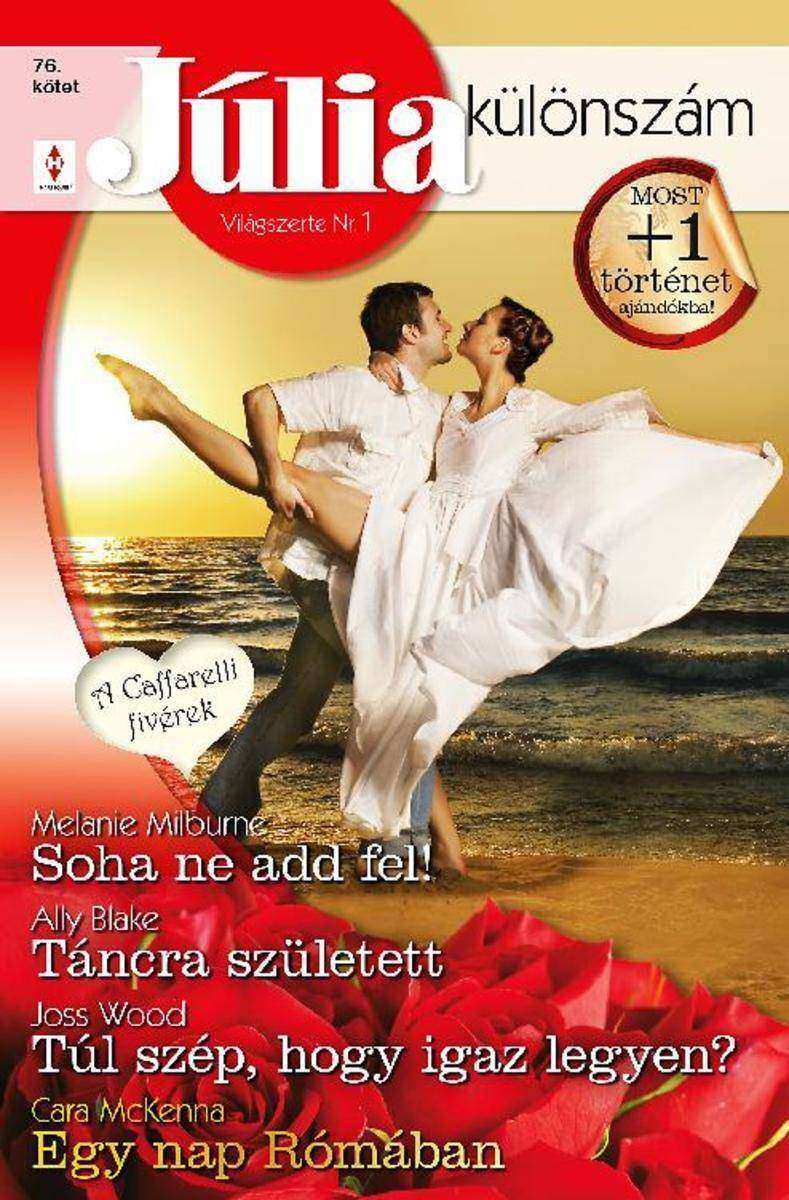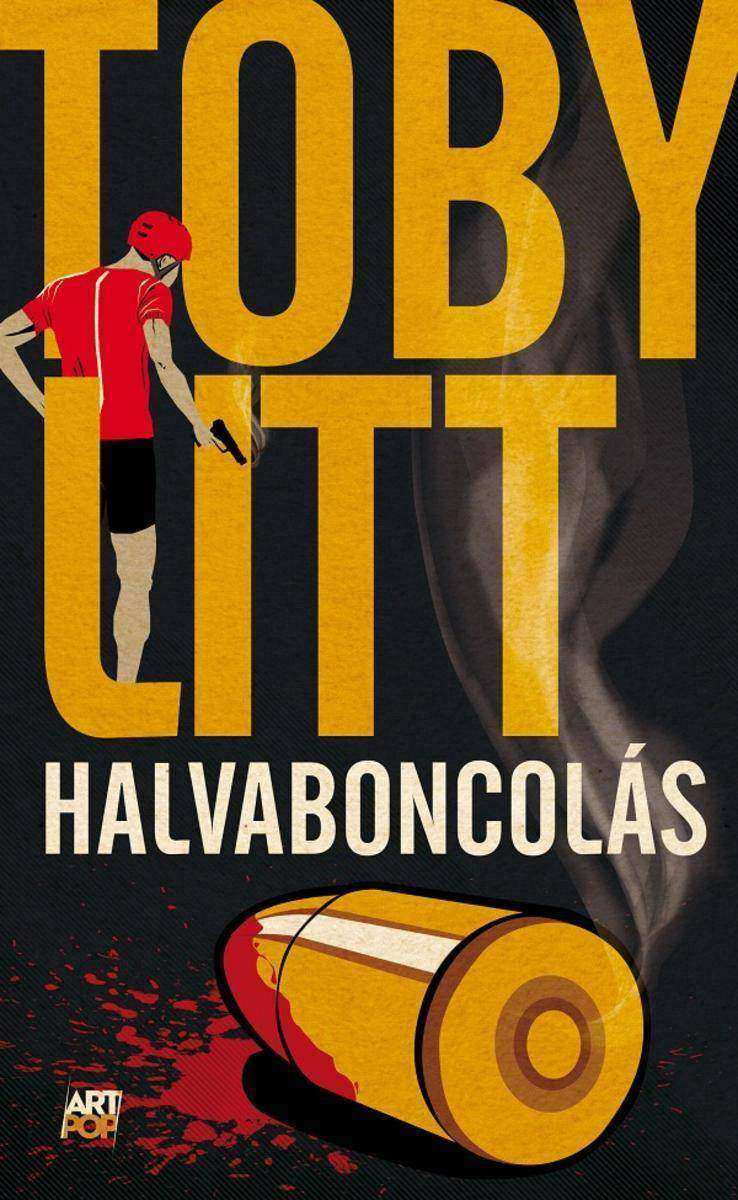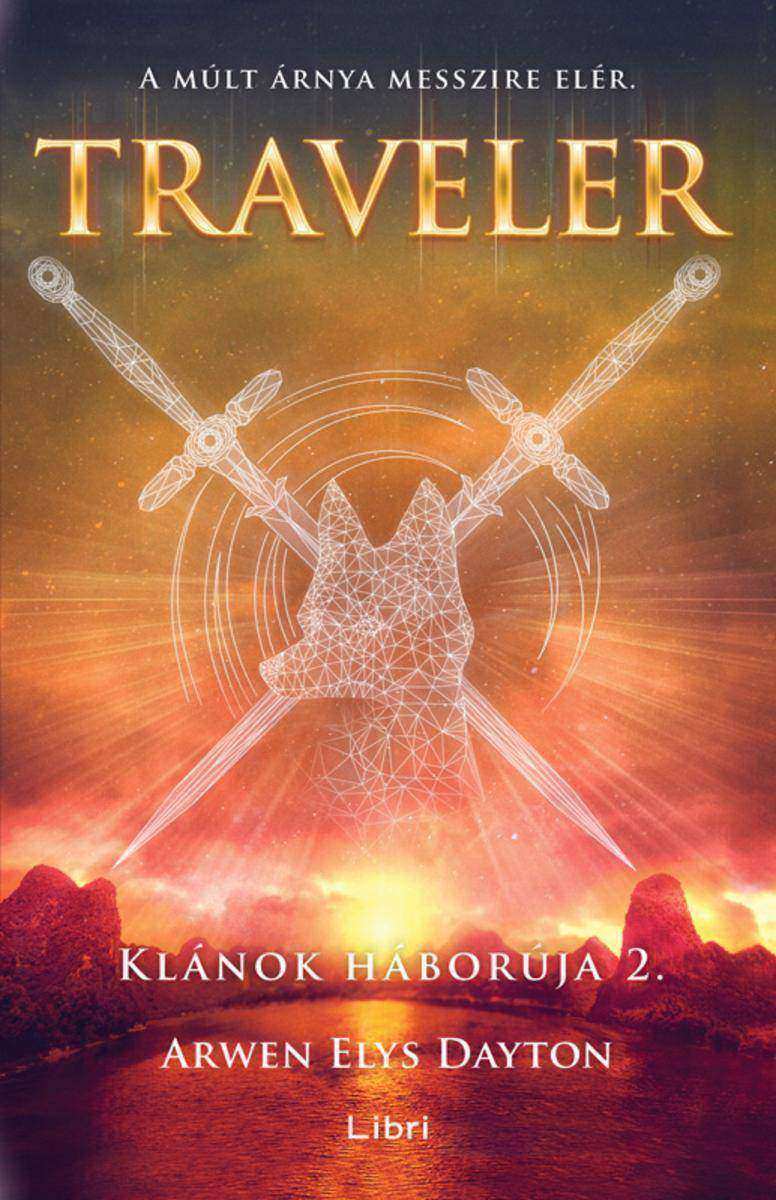
Provence-ban mindig süt a nap
¥18.74
Provence-ban mindig süt a nap

Romana 594. (Felséges szívügyek)
¥18.74
Romana 594. (Felséges szívügyek)

Csak egy kalandor?; Tombolán nyert randevú
¥37.36
Csak egy kalandor?; Tombolán nyert randevú

Vigasztaló ?lelések, Két apró szívecske: Szívhang 540–541
¥40.30
Vigasztaló ?lelések, Két apró szívecske: Szívhang 540–541

A telefontolvaj
¥20.11
A telefontolvaj

Rubinv?r?s k?r?mcip? (A Hunter Klinika 7.)
¥40.30
Rubinv?r?s k?r?mcip? (A Hunter Klinika 7.)

Júlia 612. - Napsugár kisasszony
¥20.11
Júlia 612. - Napsugár kisasszony

Júlia kül?nszám 76. k?tet - Soha ne add fel!
¥46.03
Júlia kül?nszám 76. k?tet - Soha ne add fel!

Júlia 614. - Illat, ami csábít
¥20.11
Júlia 614. - Illat, ami csábít

Romana 534. (Cs?b?rb?l v?d?rbe)
¥18.56
Romana 534. (Cs?b?rb?l v?d?rbe)

Philosophie: Eine Einführung
¥204.95
Philosophie: Eine Einführung

Vaníliás csók
¥18.56
Vaníliás csók

Romana 544. (F?ldre szállt boszorkány)
¥18.56
Romana 544. (F?ldre szállt boszorkány)

Halvaboncolás
¥74.56
Halvaboncolás

Jószomszédi viszony/ T?zr?l pattant szerelem/ Dr. Kalandor
¥42.92
Jószomszédi viszony/ T?zr?l pattant szerelem/ Dr. Kalandor

Júlia 551. (Interjú egy kalandorral)
¥18.56
Júlia 551. (Interjú egy kalandorral)

Egyetlenem
¥18.56
Egyetlenem

Próbaid?re felfüggesztve
¥18.56
Próbaid?re felfüggesztve

A v?r?s sátor
¥68.83
A v?r?s sátor

Traveler - Klánok háborúja 2
¥68.83
Traveler - Klánok háborúja 2

Romana 540. (A világ legjobb apukája)
¥18.56
Romana 540. (A világ legjobb apukája)




 购物车
购物车 个人中心
个人中心



